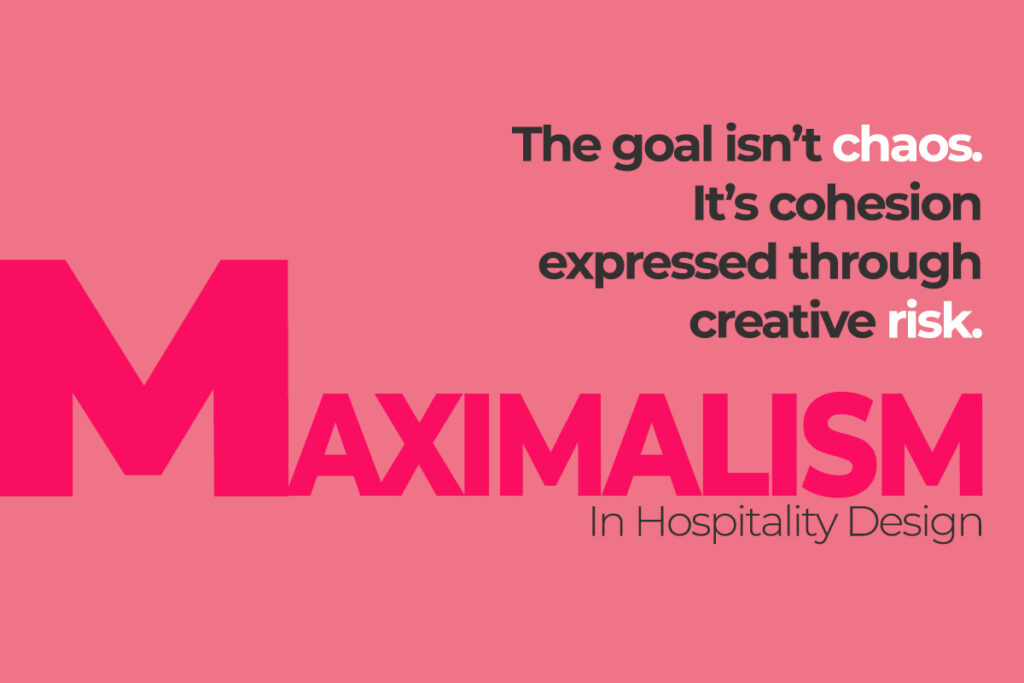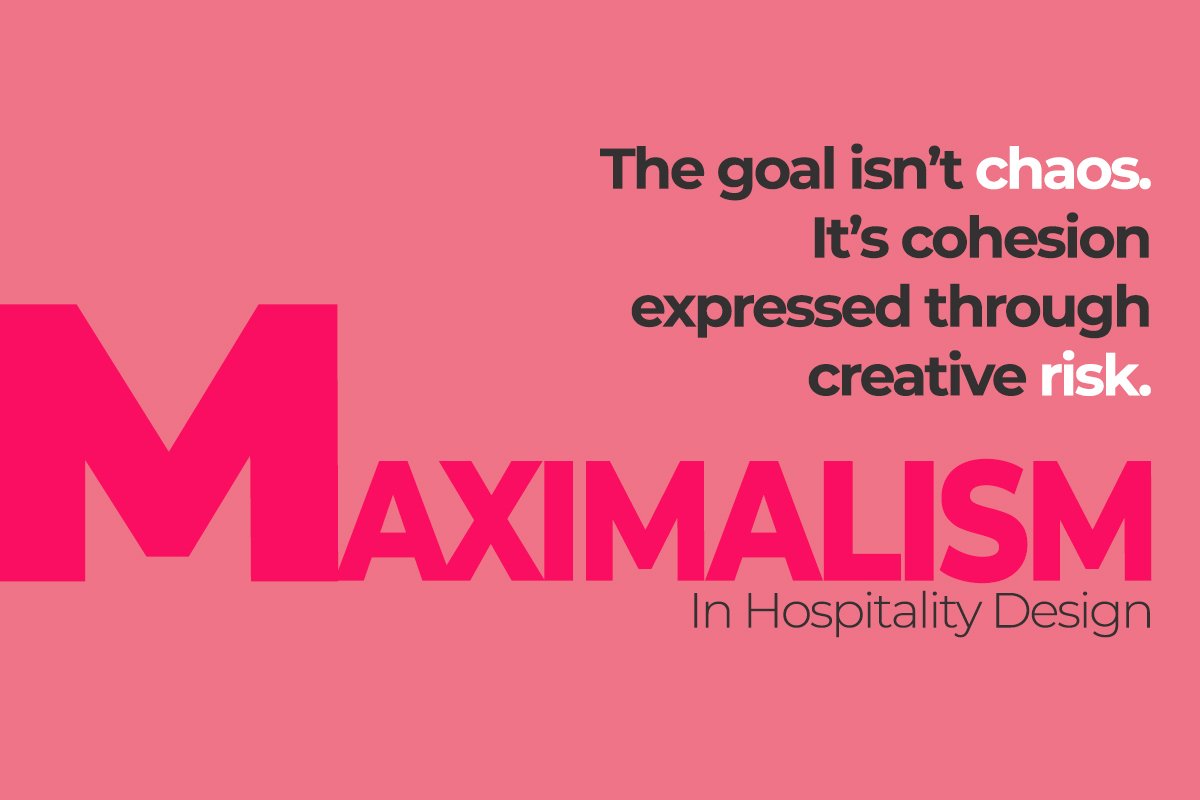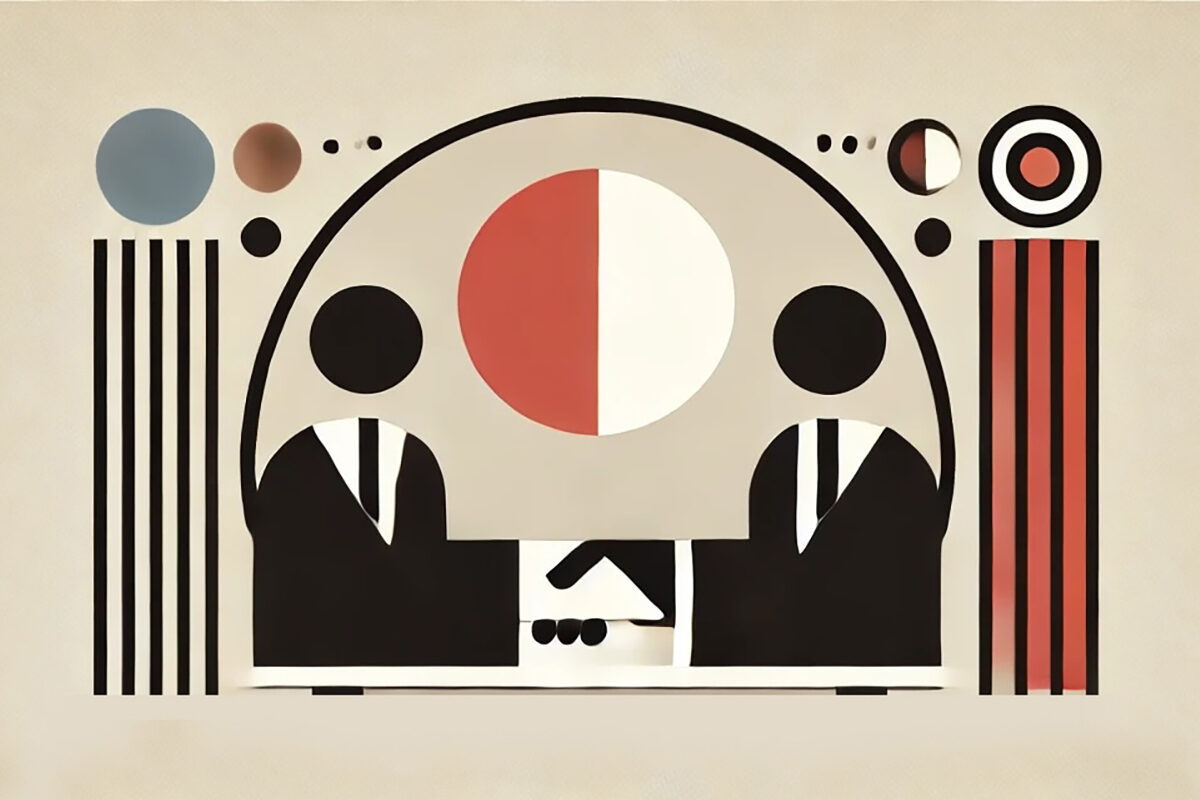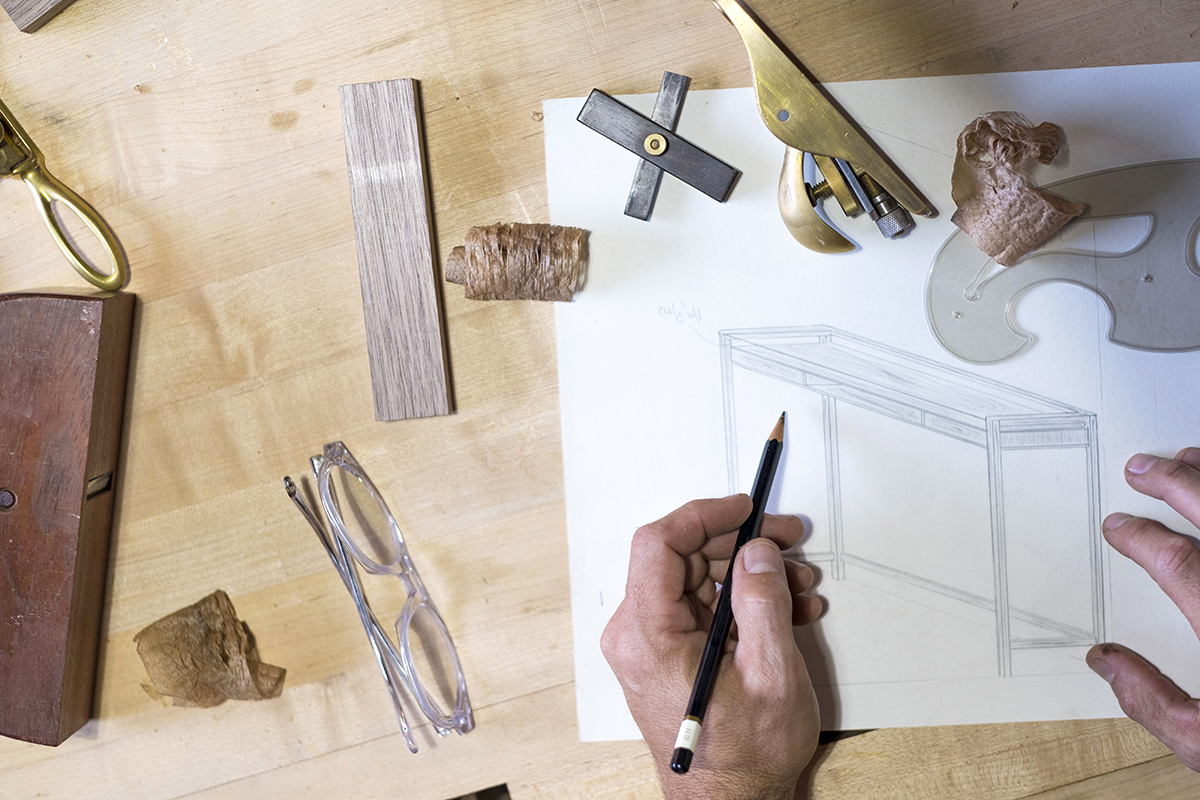Maximalism: Why Bold Furniture is Shaping the Future of Hospitality Design
For years, hospitality design leaned into minimalism—beige tones, clean lines, and a keep-it-safe philosophy that rarely pushed boundaries. But in 2025, the tide is turning.
At BDNY 2024, the spotlight was firmly on magical maximalism: a trend rooted not in clutter, but in layered creativity. Deep jewel-toned fabrics, abstract murals, metallic surfaces, patterned upholstery, and sculptural accent pieces dominated the show floor. This shift isn’t about decorating louder—it’s about designing smarter, with emotion and immersion in mind.
What Is Maximalism?
The term might sound whimsical, but its application is strategic. Magical maximalism involves using high-impact furniture and finishes to shape an emotional environment. Think:
- Oversized velvet chairs in emerald or ruby
- Brass lighting with organic forms
- Custom patterns that echo a location’s culture or story
Rather than overwhelming, the goal is to captivate—inviting guests to engage visually and emotionally.
Why It Matters in Hospitality
Today’s guests aren’t just sleeping somewhere—they’re collecting experiences. A hotel’s visual identity plays a key role in that. When you specify bold furniture or unexpected textures, you’re not just filling a room—you’re creating moments of memory.
For boutique hotels, this is a competitive advantage. A distinct design story stands out in an increasingly uniform landscape.
Key Considerations for Designers and Buyers
If you’re specifying FF&E in 2025, here’s how to approach maximalism with intention:
- Anchor the Space with Statement Furniture
A custom sofa or bold armchair can set the tone for the entire room. Look for handcrafted options that pair color with texture. - Balance Pattern with Negative Space
You don’t need every surface to speak at once. Let some materials breathe so the hero pieces shine. - Use Color Strategically
Jewel tones and saturated hues create drama, but limit your palette to maintain cohesion. - Layer with Purpose
Maximalism doesn’t mean everything at once. Curate each piece—rugs, lighting, tables—to contribute to a central story.
A Word of Caution
Maximalism demands more attention to detail, not less. Poor execution can lead to disjointed spaces. But with the right sourcing strategy and thoughtful design, it can elevate the guest experience far beyond the visual.
Final Thoughts
Magical maximalism isn’t just a passing aesthetic. It reflects a deeper shift in how we think about hospitality design: as narrative, as theater, as emotion.
For those of us working in furniture design and sourcing, this is an opportunity—not just to offer beautiful pieces, but to shape how guests feel in the spaces we help build.











